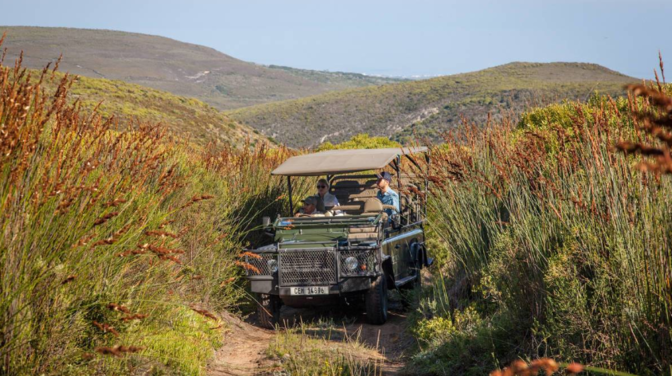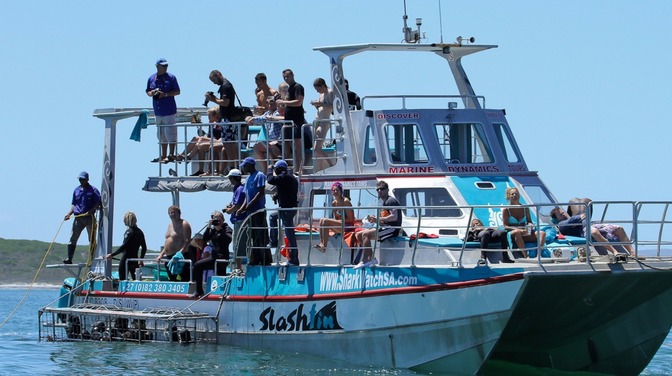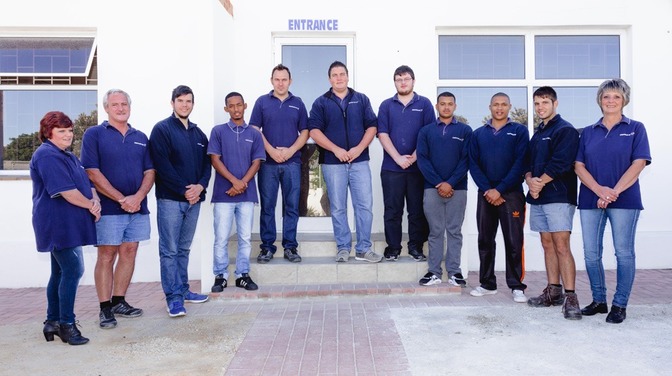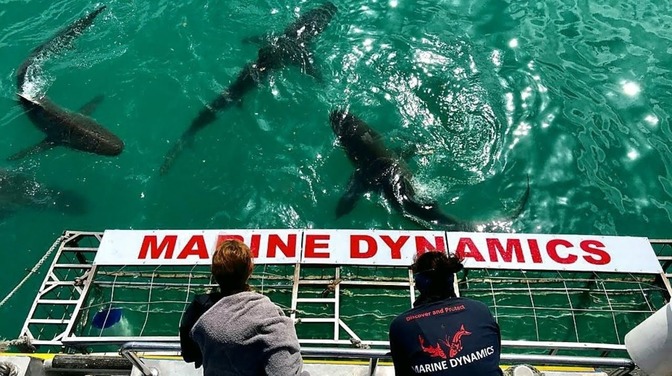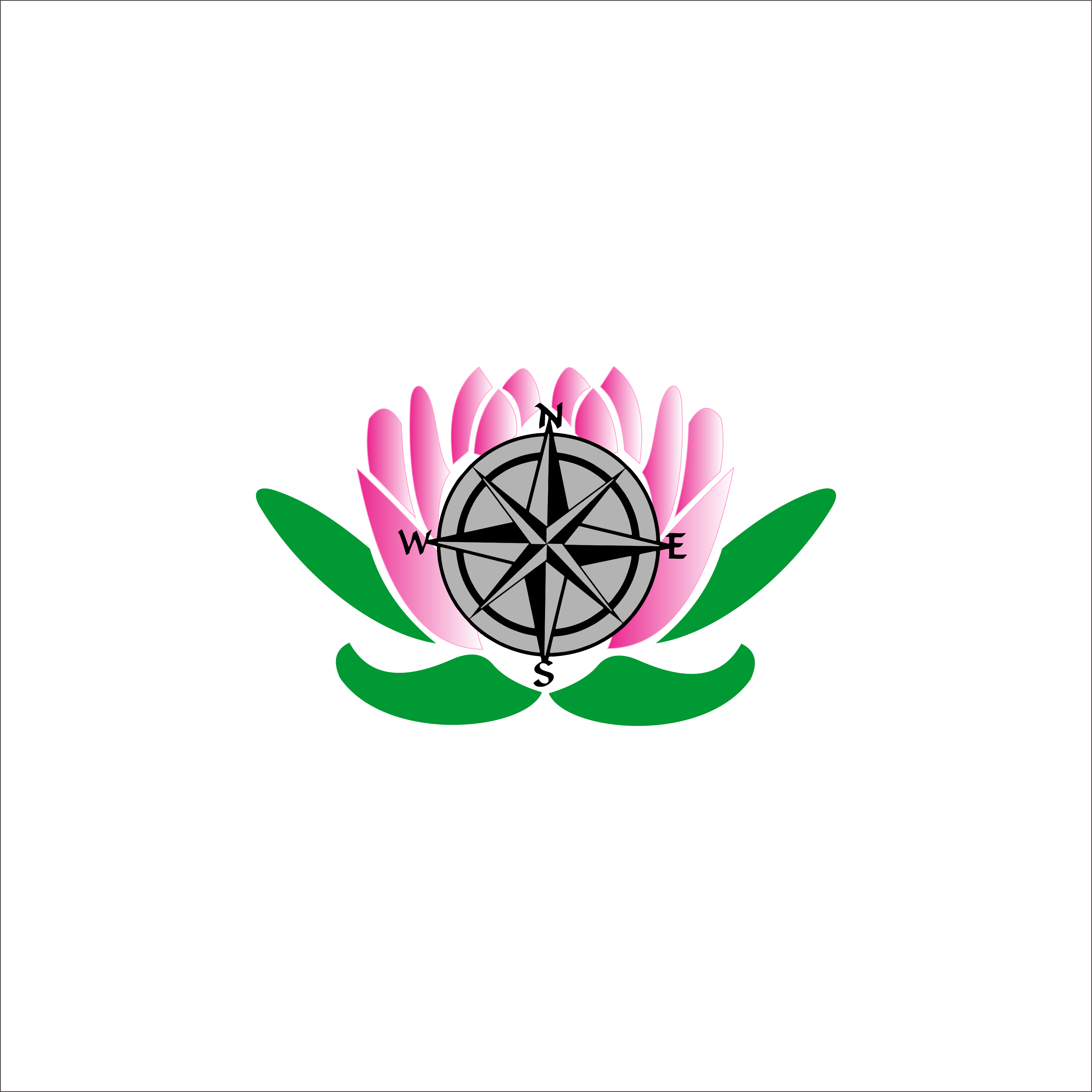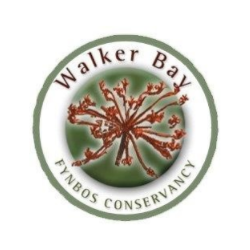With the arrival of the first post winter warm weather, The Western Leopard Toads will start to breed again. At this time, they congregate around the banks of ponds or dams or near rivers and vleis in sandy coastal lowland areas. The males attract the females with a loud snoring call that lasts about a second and is repeated every third second. The females lay their eggs in gelatinous strings. It takes more than 10 weeks for the tadpoles to develop. The toadlets leave the water between October and December.
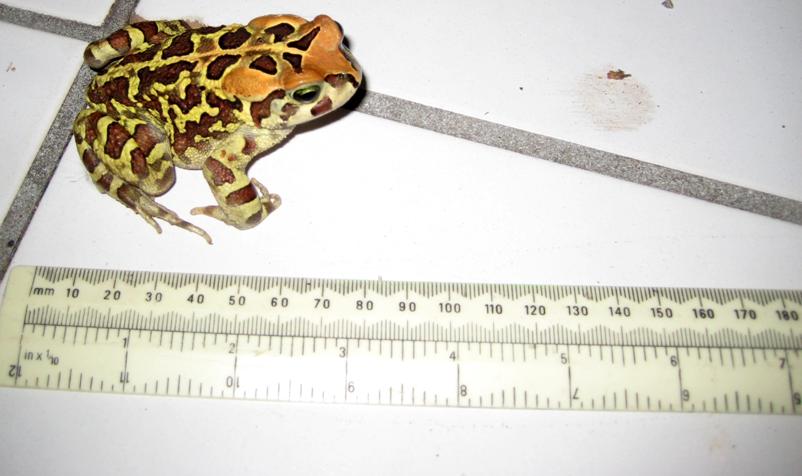
Therefore, this is a bad time to mow the lawn, as the toadlets are on the move in the long grass and can get killed. Toadlets emerge from the water in search of food (insects) and a place to live. Unlike frogs, toads do not need to live near water to survive. As a result, they live under logs and piles of dead leaves and in fynbos and shrubs. The toads will return to the water bodies during their breeding season each year. It is believed that a Western Leopard Toad will go back to the same pond/dam/vlei every year. Since the toads are territorial, they will return to the same garden or area they left, after breeding.
The Western Leopard Toad Amietophrynus (Bufo) pantherinus (Luiperdskurwepadda) is the largest South African toad with females growing up to 140 mm in length. In the past, these creatures have been called “August toads” or “snoring toads”, most probably because of their specific breeding habits. They are identified by the chocolate brown patches on their backs, which are surrounded by a yellow border. They have a pink-brown swelling (the parotid gland) behind each eye. Western Leopard Toads can be confused with Raucous Toads Bufo rangeri (Lawaaiskurwepadda). Nevertheless, their call is very different. The Western Leopard Toad makes a snoring sound (listen to a sound clip of the breeding call at http://tinyurl.com/toadsnore), while the call of the Raucous Toad sounds like a quack.
Western Leopard Toads used to be quite common from the Cape Peninsula to the Agulhas Plain. Because of rapid and extensive urban development, however, many of the fynbos wetlands to which the toad is endemic (restricted) have been lost. Consequently, these toads have suffered. In fact, the conservation status of the Western Leopard Toad is classified as “Endangered” under the Red List of Threatened Species of the International Union for Conservation of Nature (IUCN).
Frogs and toads are an important link in the natural food chain. Tadpoles feed on algae and are also a food source for other animals. Frogs and toads eat small insects and invertebrates, thereby helping to keep their numbers under control. In turn, eggs, tadpoles and frogs represent food for other animals. In addition, frogs and toads are considered to be biological indicators. They provide important information about the health of their environment because they are very sensitive to water and air pollution.
Various nature conservation organizations and local volunteer groups are monitoring these toads (particularly in the Cape Peninsula area, e.g. Toad NUTS, Noordhoek Unpaid Toad Savers, visit them at http://toadnuts.ning.com) under the supervision of the Western Leopard Toad Conservation Committee (www.leopardtoad.co.za).
If you see a Western Leopard Toad in or around Pearly Beach, please take a picture with some kind of size reference and let us know, when and where you saw it. We will gladly pass on your information to one of the monitoring groups or you can send an e-mail to Bianca Ferreira (bl.ferreira@yahoo.com), who is one of the monitors for the outlying areas in which toads are still known to live and breed.
http://www.gansbaai.com/pearly-beach-conservency/en/home/
Susanne Fuchs for Pearly Beach Conservancy

